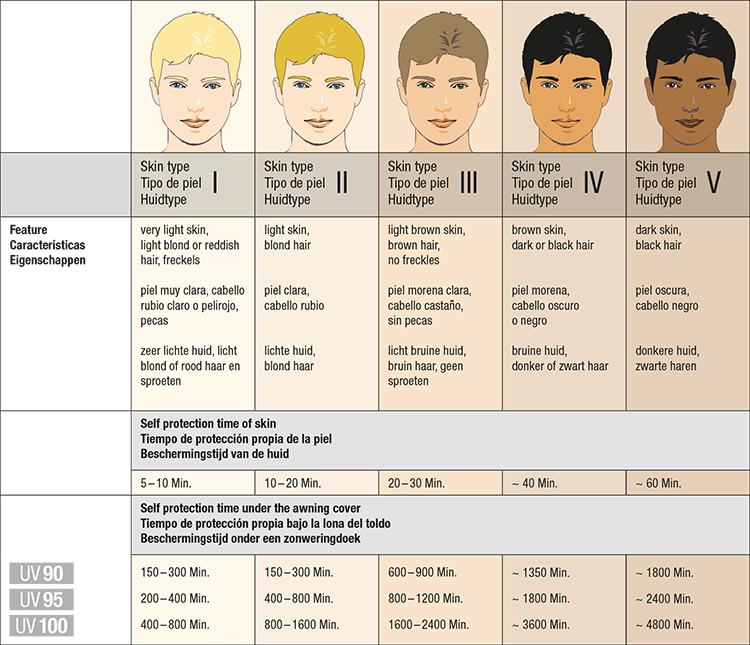- Phone: 4169019387
- Email us: [email protected]
Stobag Shade Guide
The course of the sun and therefore the course of shade for shading systems such as awnings is different in each location. The closer the location to the northern and southern tropics, the more vertical the incidence of the sun’s rays. On the mean latitude of middle Europe of 49° 0‘ 00‘‘ north, the angle between the sun and the horizon at midday on June 21 is approximately 64.45°. This angle is also known as the solar angle and forms the basis; in the respective form, for the schematic diagrams on the course of shade shown below.
The reference graphic corresponds to the sun’s altitude course on the 49th parallel
RATIO BETWEEN INCIDENCE AND SHADED AREAS
The following graphics relate to the sun’s altitude at midday on June 21 between London and Rome
 IMPORTANT INFORMATION
IMPORTANT INFORMATION
- The projection of an awning does not correspond to the shadowing!
- The installation height must also be taken into consideration!
- The incidence is measured in the horizontal awning position (0° incline).
Congratulations! By choosing a fabric from the STOBAG Collection, you have opted for a top quality high-tech textile product. Be inspired and see for yourself: our extensive colour range and the special characteristics of our UV tested acrylic fabrics.
STOBAG uses exclusively sun protection fabrics that are tested to all current UV test standards (UV 801, EN 13758-1, AS / NZS 4399:1996). The materials tested offer 90 – 100 % protection from UV radiation. All information contains guide values and relate to adults; children’s skin is considerably more sensitive.





